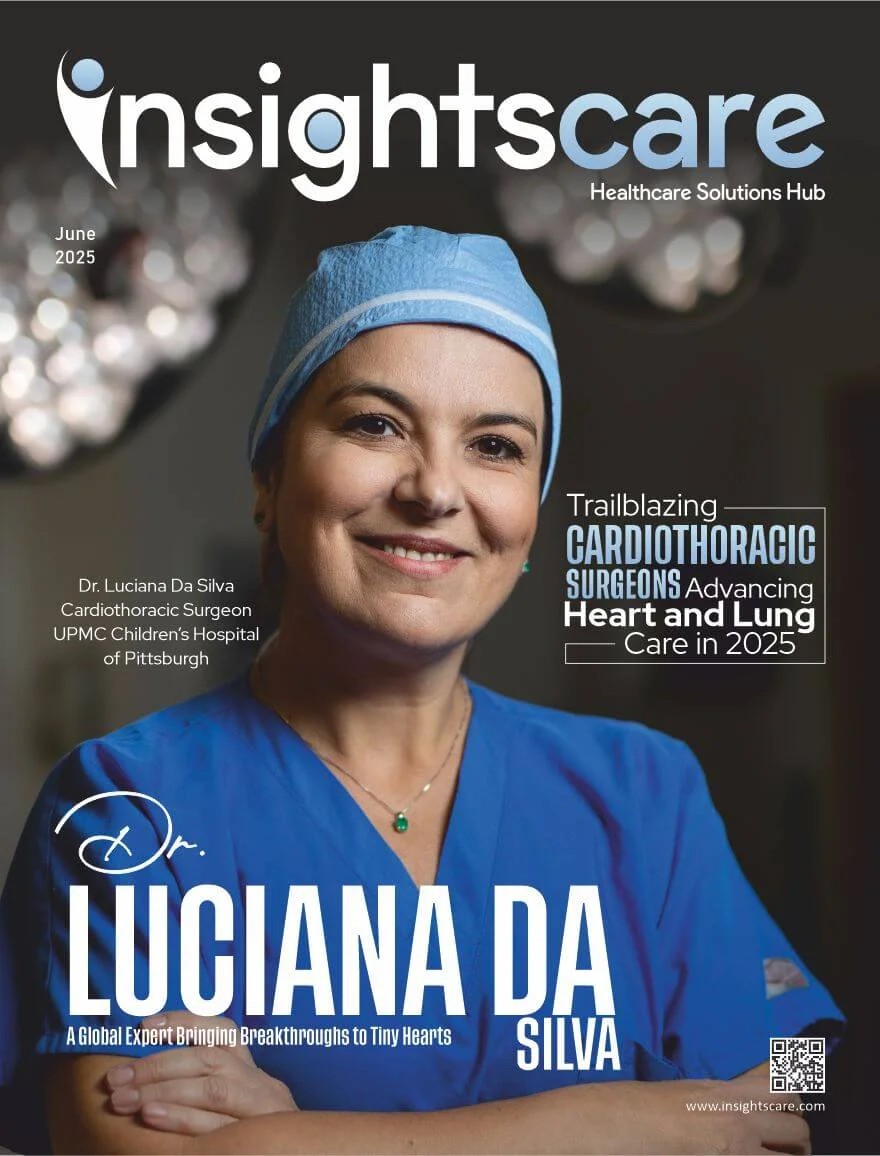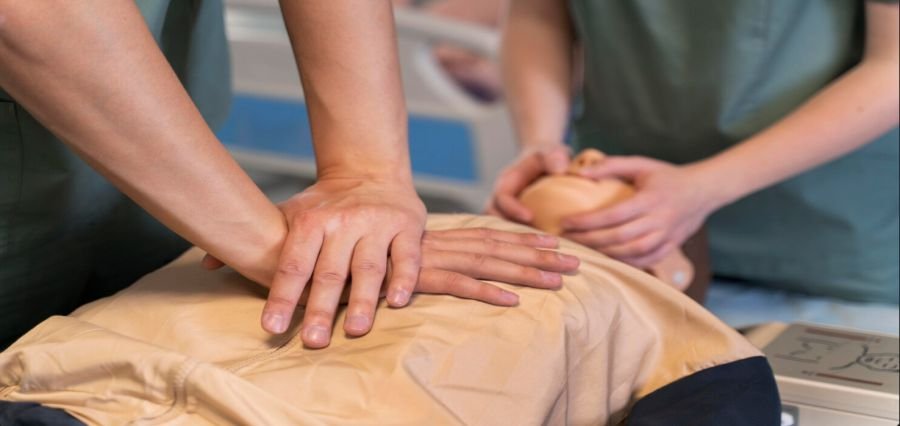Hospitals need systems that handle complex tasks with ease. Barcode technology offers a way to bring clarity to the busy pace of medical care. It sets a clear path for smoother operations and better structure.
The shift toward barcode technology is more than a simple change. It reflects a smarter way to manage people, tools, and data. This approach makes healthcare feel more focused and reliable.
In this blog, we will discusshow barcode technology streamlines hospital operations. Read more!
Streamlining Administrative Tasks with Barcode Systems
Hospitals often face challenges due to large amounts of paperwork and a constant flow of information. Barcode systems simplify data capture and organization, eliminating the need for additional staff steps. With every scan, details are stored in real time, helping records stay accurate and reducing stress for administrators.
The smoother process allows teams to shift their focus away from repeating entries. Daily tasks such as admitting patients, managing transfers, and preparing discharges move with better rhythm and fewer mistakes. This kind of structure saves time and builds confidence in how the hospital functions each day.
Over time, hospitals benefit from improved transparency in their operations. Managers can see how data moves across departments, giving them the ability to plan more effectively. By creating this balance, barcode systems help establish a reliable structure that keeps hospitals running in order.
Improving Patient Identification and Safety
Patient identity is the foundation of safe healthcare. Barcode systems allow staff to link every person with their correct information through quick scans, helping prevent confusion during treatment. This simple step makes the care process more reliable and clear for everyone involved.
When doctors and nurses scan patient details, they know records match instantly. This lowers the risk of errors that could occur if identities were mixed up. Patients feel more secure knowing they are connected to the right history each time they receive care.
Hospitals also strengthen trust through these accurate checks. Accurate patient identification becomes standard practice, removing guesswork and ensuring that care is delivered with full confidence. This process creates a safer and more dependable environment across every level of treatment.
Reducing Medication Errors Through Barcode Verification
Medication management requires full precision in hospitals. Barcode verification ensures that the right drug, dose, and timing match the correct patient every single time. By using scans, staff confirm details before medicines are given.
This step reduces errors caused by manual checks and human fatigue. Nurses and pharmacists benefit from a safety net that helps them move faster without losing focus. Patients, in turn, gain confidence that treatments are handled with accuracy.
Hospitals also improve compliance with safety standards when using barcode verification. Every scan is recorded, creating a traceable log that shows when and how medications were delivered. This practice helps raise the level of safety across daily hospital routines.
Faster and More Accurate Lab Test Tracking
Lab tests are essential for proper diagnosis and care. Barcode systems give each sample a unique code that can be scanned at every step of its journey. This prevents confusion and ensures that test results are tied to the right patient.
Technicians can track samples from collection to final reporting without delays. Doctors then receive results that are both fast and accurate, giving them the confidence to make important decisions on time. Patients benefit by getting reliable updates on their health without long waits.
This process also reduces the workload on labs. With scans capturing details at each stage, the flow of samples becomes easier to manage. Hospitals achieve better speed and accuracy while avoiding costly mistakes.
Optimizing Inventory Management with Barcode Scanning
Hospitals depend on a wide range of supplies every day. Barcode scanning provides accurate tracking of stock, from storage to the point of use. This ensures items are always available without overstocking.
Staff can scan supplies to check counts and update systems instantly. This prevents shortages of critical equipment and avoids the waste of unused or expired materials. Managers use the data to plan future purchases with better accuracy.
Inventory management becomes more controlled when barcodes are used consistently. Hospitals cut down on waste, save money, and improve access to essential supplies. These changes build a steady environment where patient needs can be met without interruption.
Enhancing Surgical and Equipment Tracking
Surgical teams rely on tools that must be complete, sterile, and ready. Barcode systems help track every instrument before and after use. This practice prevents lost equipment and ensures full accountability.
Scans verify which tools are cleaned, packed, and available for each procedure. Nurses and surgeons gain assurance that everything needed is prepared. This reduces delays during operations and keeps safety levels high.
Hospitals also benefit from managing the maintenance of surgical equipment. Each scan provides data about usage and wear, allowing managers to schedule service at the right time. This helps protect resources while supporting safe procedures.
Efficient Blood and Sample Labeling for Accuracy
Blood and tissue samples must always be labeled with care. Barcodes give each sample a direct link to patient records, ensuring accuracy from collection to lab testing. This reduces risks tied to labeling mistakes.
When samples are scanned, staff can confirm identity in seconds. This builds a reliable process where test results always match the right patient. Doctors then make decisions with confidence in the results provided.
Clear labeling also makes work easier for laboratory teams. They spend less time checking details and more time focusing on testing. Hospitals see stronger outcomes when accuracy is built into the system.
Smarter Resource Allocation Across Departments
Hospitals face the challenge of balancing resources among many units. Barcodes create visibility by showing where supplies, staff, and tools are being used most. Managers can then respond quickly to shifting needs.
Scans provide data about usage across shifts and departments. Leaders use this insight to reassign equipment or increase stock where demand is rising. This prevents slowdowns that can disrupt patient care.
Patients also experience smoother movement between services when resources are in place. Staff avoid delays caused by shortages, making the hospital run more effectively. Smarter allocation builds stronger performance in every department.
Boosting Staff Productivity with Automated Processes
Healthcare workers handle heavy workloads each day. Barcode systems help by automating routine tasks, removing the need for repeated manual entry. This makes it easier for staff to focus on direct patient care.
Nurses can scan details instead of writing them, saving time with every interaction. Administrators also reduce paperwork by linking barcodes directly to digital records. These time savings add up quickly across a full shift.
Boosted productivity creates a more positive work environment. Staff feel less pressure from repetitive tasks, and patients benefit from faster care. Automation builds a more supportive and effective hospital system.
Improving Compliance and Regulatory Reporting
Hospitals must keep complete and accurate records to meet regulations. Barcode systems create logs that show every step of care and supply use. This makes compliance reviews easier to handle.
During audits, staff can access data instantly through the system. Reports are clear, reliable, and backed by real-time entries. This reduces the stress of preparing for inspections.
Regulators also gain trust in hospitals that use strong tracking systems. Accurate reporting shows a commitment to patient safety and high standards. Hospitals strengthen both reputation and reliability through this approach.
Cost Reduction Through Waste Minimization
Waste is a challenge that drives costs higher in hospitals. Barcode tracking reduces waste by ensuring supplies are used before they expire or go missing. This supports steady financial management.
Scans record actual usage, so managers purchase only what is needed. Hospitals avoid overspending and keep stock levels balanced. The result is a leaner system that supports patient care without waste.
Reduced waste also saves staff time. Workers no longer search for misplaced items or handle unnecessary replacements. Hospitals see savings in both materials and labor when waste is controlled.
Integrating Barcode Technology with Electronic Health Records (EHRs)
Hospitals achieve greater efficiency when barcodes are linked with digital platforms. Integration with EHRs ensures patient records are updated in real time with each scan. This builds a bridge between care at the bedside and information systems.
The use of a barcode SDK makes the connection even stronger by improving the capture and sharing of details. Staff can rely on accurate patient identification within digital files, which creates confidence in both treatment and documentation. This link supports higher trust and smoother coordination across hospital teams.
Integration also drives workflow automation across different departments. By enhancing workflows, hospitals make sure patient records stay complete and consistent at all times. This unified system supports better decision-making while improving the quality of hospital operations.
Advancing Hospitals with Barcode Technology
Barcode technology is shaping the way hospitals manage care and operations. It creates order, accuracy, and trust across every department. Hospitals that adopt it now will be better prepared for the future.
Each scan builds stronger connections between staff, patients, and systems. The result is smoother operations and safer care. Hospitals can take clear steps forward by using barcode technology to its full potential.
We hope this guide has been a good resource. Make sure to check out the rest of our site for more informative blog posts.










